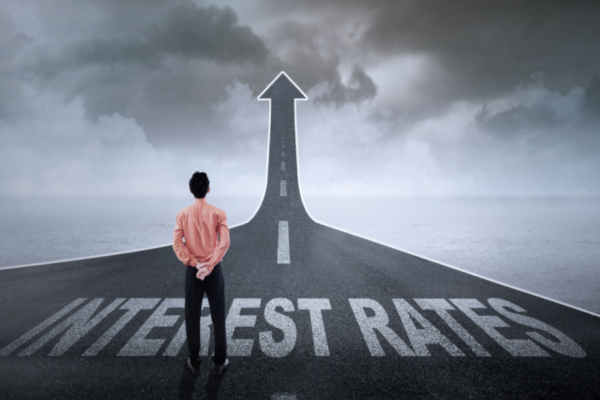With the world still recuperating from a pandemic and the war in Ukraine, economies worldwide face uncertainty as interest rates soar at a pace not seen in two decades.
So, it is no surprise the Reserve Bank of Australia raised interest rates for the fourth time in as many months, imposing another 50-basis point rise that increases the official cash rate from 1.35 per cent to 1.85 per cent.

Uncertainty in the Market
The widely expected hike was announced in August, adding to the mounting pressure on Australian consumers, including petrol prices above $2 per litre despite a temporary drop in fuel excise and the potential negative impact of renewed floods on fresh food costs.
To add to the uncertainty, the governor of the Reserve Bank of Australia has indicated further rate hikes were inevitable in the coming months. The Treasurer, Jim Chalmers, attempting to manage people’s expectations, stated households would face difficult conditions for the remainder of the year and that it was important to be honest with people about the reality of the situation.
We have seen the Australian equity market respond with increased volatility this calendar year and expect this to continue as we navigate through this change in cycle.
Further Interest Hikes
As the Reserve Bank of Australia (RBA) attempts to tamp down surging inflationary pressure in the economy, market analysts speculate that the cash rate could end up anywhere between 2 per cent and 3 per cent. But, again, Chalmers warned that the most recent increase ‘won’t be the last one this year.’
According to the July 27 inflation statement, annual inflation has surged 6.1 per cent to June, and is tipped to exceed 7 per cent by year end.
While this is still lower than in the United States and the United Kingdom, the quickly growing inflation rate is partly due to the Reserve Bank of Australia’s (RBA) policy of essentially zero interest rates, which drives demand. The RBA will gradually boost the cash rate from practically zero to reduce demand.
Impact on the Economy
Australia’s economy will grow slower than initially predicted this year and next, as quick-fire interest-rate hikes to combat inflation impact consumer spending.
Main reasons why inflation is linked to rising interest rates:
- Interest rates are the primary instrument used by central banks to moderate inflation rates.
- Raising interest rates makes borrowing money more costly, but it can also lead to higher returns on savings and superannuation.
- When borrowing becomes more expensive, demand for goods and services may fall.
Impact on Savers and Borrowers
A rise in interest rates means increased mortgage, loan, and credit card payments for many Australians, with banks passing on the increase in interest to their clients. As interest rates rise, increased mortgage and debt repayments may make life more difficult and expensive for households and small companies.
On the other hand, for those with savings or who have been sitting on cash for future spending or asset purchases, an increase in interest rates has been a welcome relief with rates on at-call cash accounts and term deposits increasing to varying degrees depending on the bank and term. Yields on defensive assets such as interest rate securities that pay a margin above the bank bill rate are also benefiting from the increased rates.
Whether you’re a saver or a borrower, the team at Accru Wealth Management are able to assist you with your queries or if you require further information regarding the above, please don’t hesitate to contact an Accru specialist today.
